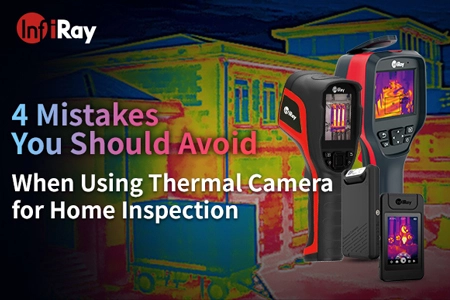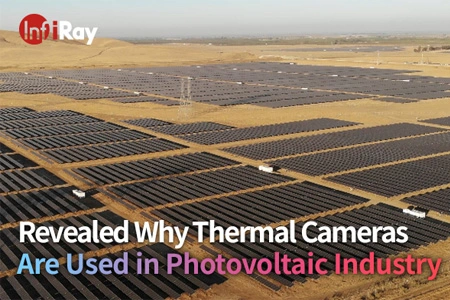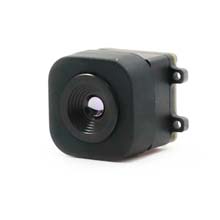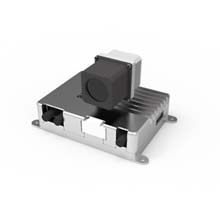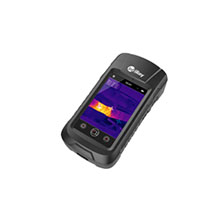Vital Roles of Thermal Cameras in Preventing Fires and Minimizing Damages
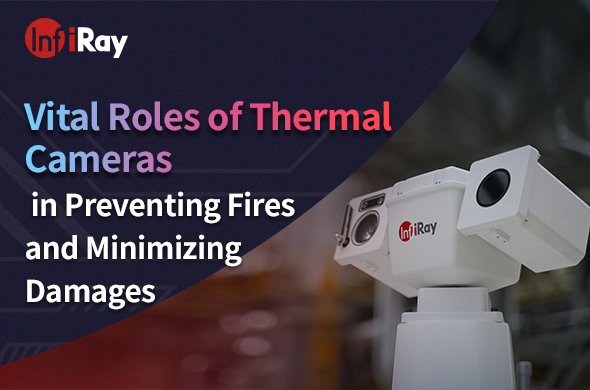
Fire prevention and damage reduction are of paramount importance in safeguarding lives, property, and the environment. Thermal cameras play vital roles in preventing fires and minimizing damages. To begin, let's understand what thermal imaging cameras are and how they differ from traditional cameras. Thermal imaging cameras utilize thermal imaging technology to capture infrared radiation emitted by objects, allowing them to create images based on temperature differences. Unlike conventional cameras, which rely on visible light, thermal cameras can "see" heat. Their key components include infrared sensors, optics, and image processing software, which convert thermal data into visible images.
Early Detection of Heat Sources
One of the primary roles of thermal imaging cameras is the early detection of potential fire hazards. They can identify hotspots and temperature anomalies in various settings, including electrical systems, machinery, and areas with flammable materials. By pinpointing these areas, thermal cameras enable proactive maintenance and prevention measures.
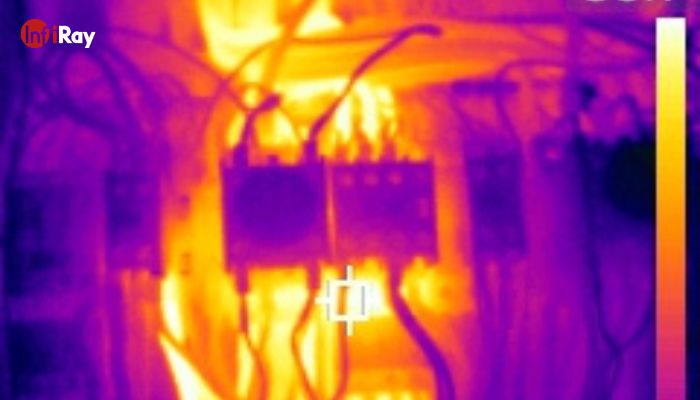
In industrial facilities, thermal imaging can detect overheating electrical equipment, such as faulty wiring or malfunctioning motors, preventing electrical fires. They can also identify hotspots in machinery, minimizing the risk of equipment failures that could lead to fires or production disruptions. Additionally, thermal cameras excel at detecting combustible materials by highlighting temperature variations in storage areas, preventing potential ignition sources.
Continuous monitoring for temperature anomalies is another crucial function of thermal cameras. They can scan large areas or critical zones 24/7, making them ideal for early warning systems. Integration with alarm systems ensures immediate response when abnormal temperatures are detected, allowing for rapid intervention to prevent fires from starting or spreading.
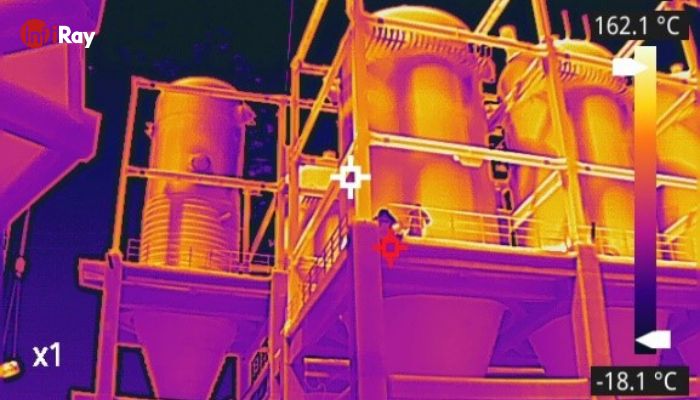
Monitoring and Surveillance
Thermal cameras are an integral part of surveillance systems in various environments. Their ability to provide clear images regardless of lighting conditions makes them invaluable for security purposes. In critical areas, thermal cameras offer round-the-clock monitoring, ensuring that any temperature anomalies are promptly addressed.
Integration with security systems and personnel response is another key aspect. When thermal imaging detects unusual heat patterns or potential fire hazards, they can trigger alarms and alert security personnel, who can then assess the situation and take appropriate action.
Fire Prevention and Emergency Response
Thermal imaging cameras are instrumental in preventing fires from igniting or spreading. They can be integrated with automatic shutdown systems for overheating equipment, preventing catastrophic failures. In the event of a fire, thermal imaging can activate fire suppression systems, limiting the blaze's growth and minimizing damage. See How InfiRay Thermal Camera Safeguard the Warehouse from Fire.
Early warning systems are crucial for evacuation and safety. By detecting fires at their earliest stages, these cameras provide precious extra time for people to exit a building safely. Moreover, they can help coordinate firefighting efforts by directing responders to the hottest areas, increasing the efficiency and effectiveness of their actions.
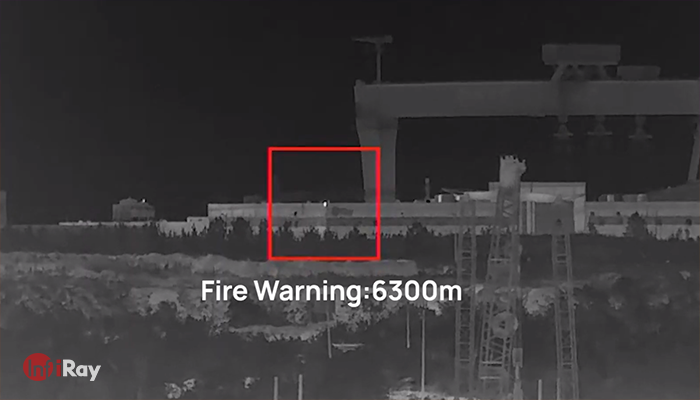
Minimizing Fire Damage
Once a fire is underway, thermal cameras continue to play a vital role. They track the fire's progression, enabling firefighting teams to focus their efforts on containing and extinguishing it. By providing real-time thermal data, these cameras help responders make informed decisions and prioritize their actions.
After a fire has been extinguished, thermal imaging cameras assist in assessing the damage. They can identify hidden hotspots or residual heat sources, preventing re-ignition. This thorough evaluation aids in determining the extent of the damage, facilitating efficient recovery and repair processes.
Industrial Applications
Thermal cameras find extensive use in industrial settings, where the prevention of fires is critical. They protect key infrastructure, such as power plants, chemical facilities, and manufacturing plants. Successful examples of fire prevention in industrial environments underscore the value of thermal imaging cameras in safeguarding assets and preventing costly accidents.
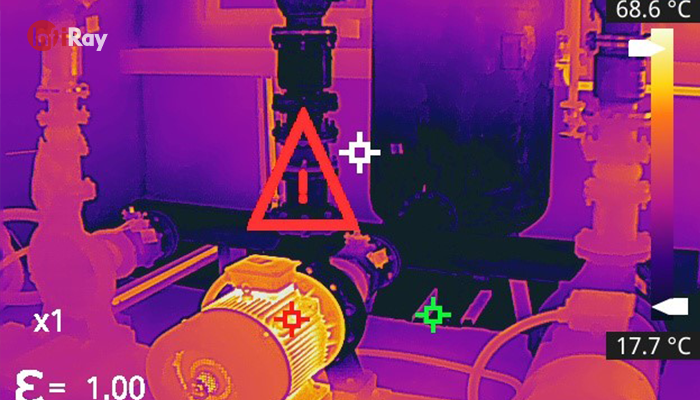
Residential and Commercial Applications
In residential and commercial spaces, thermal cameras are equally important. They integrate seamlessly with home security systems, providing an added layer of protection. Businesses can utilize thermal imaging to prevent fire disasters, safeguarding both property and personnel.
Environmental Benefits
Beyond protecting human lives and property, thermal cameras offer environmental benefits. By reducing the impact of fires and limiting damage to natural habitats, these cameras contribute to environmental preservation. Their ability to enhance ecosystem resilience is particularly significant in regions prone to wildfires. Extend Reading: Forest Fire Prevention Surveillance Solution.
In conclusion, thermal cameras play vital roles in preventing fires and minimizing damage. Their ability to detect heat sources, provide continuous monitoring, aid in fire prevention, and minimize damage is indispensable in various environments. Furthermore, their positive impact extends to environmental preservation. Despite challenges, the continued development and adoption of thermal imaging technology will enhance safety and resilience in the face of potential fire disasters.

 français
français  Deutsch
Deutsch  Español
Español  italiano
italiano  русский
русский  português
português  العربية
العربية  日本語
日本語  한국어
한국어  magyar
magyar 






